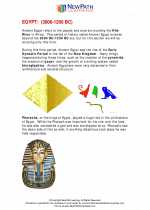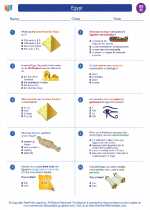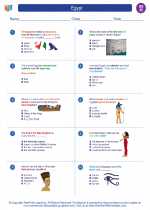Explanation of Muslims
Muslims are followers of the religion of Islam. Islam is a monotheistic faith that originated in the 7th century in the Arabian Peninsula, with the teachings of the Prophet Muhammad. The followers of Islam, known as Muslims, believe in the oneness of God (Allah) and follow the teachings of the Quran, which is the holy book of Islam. The five pillars of Islam, which include faith, prayer, charity, fasting, and pilgrimage, are the core principles that guide the lives of Muslims.
Islam has a rich history and has significantly influenced the development of various cultures, art, architecture, and scientific advancements. Today, Muslims can be found in diverse parts of the world, and the religion continues to be a significant force in global affairs.
Study Guide: Muslims
Key Concepts
- Islam as a monotheistic faith
- The life and teachings of the Prophet Muhammad
- The Quran as the holy book of Islam
- The five pillars of Islam
- The influence of Islam on culture, art, architecture, and science
- The global presence of Muslims
Key Figures
- Prophet Muhammad
- Caliphs and leaders of early Islamic civilization
- Scholars and thinkers who contributed to Islamic philosophy, science, and literature
Significant Events
- The life of Muhammad and the founding of Islam
- The spread of Islam to various parts of the world
- Key historical events in Islamic civilization
Impact and Influence
- The influence of Islamic art and architecture
- Contributions of Islamic scholars to fields such as mathematics, astronomy, and medicine
- The role of Islam in shaping the cultural identity of various regions
- Contemporary issues and debates related to Islam and Muslims




